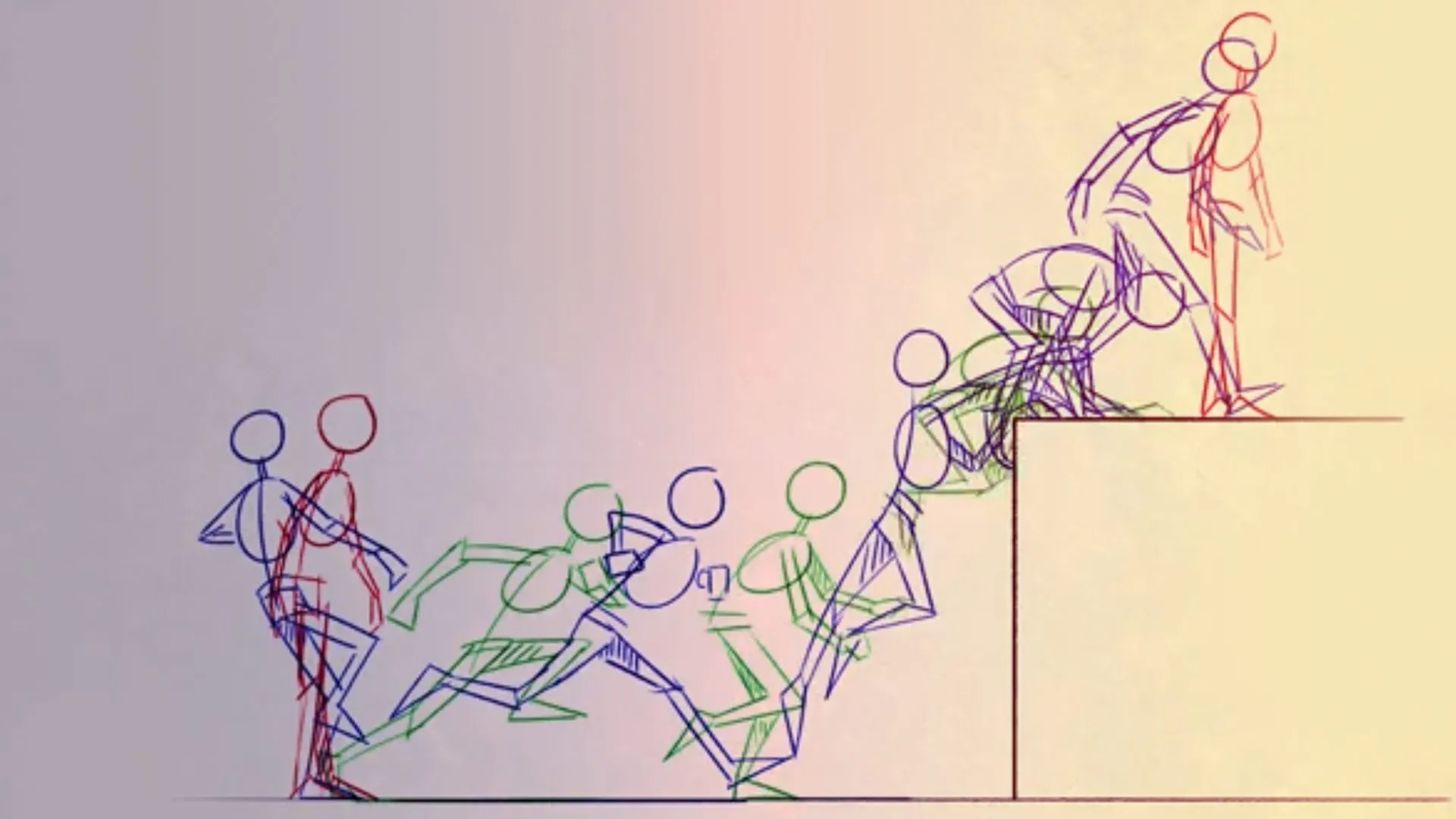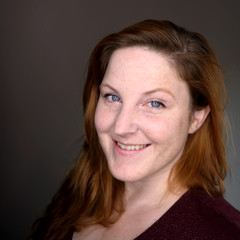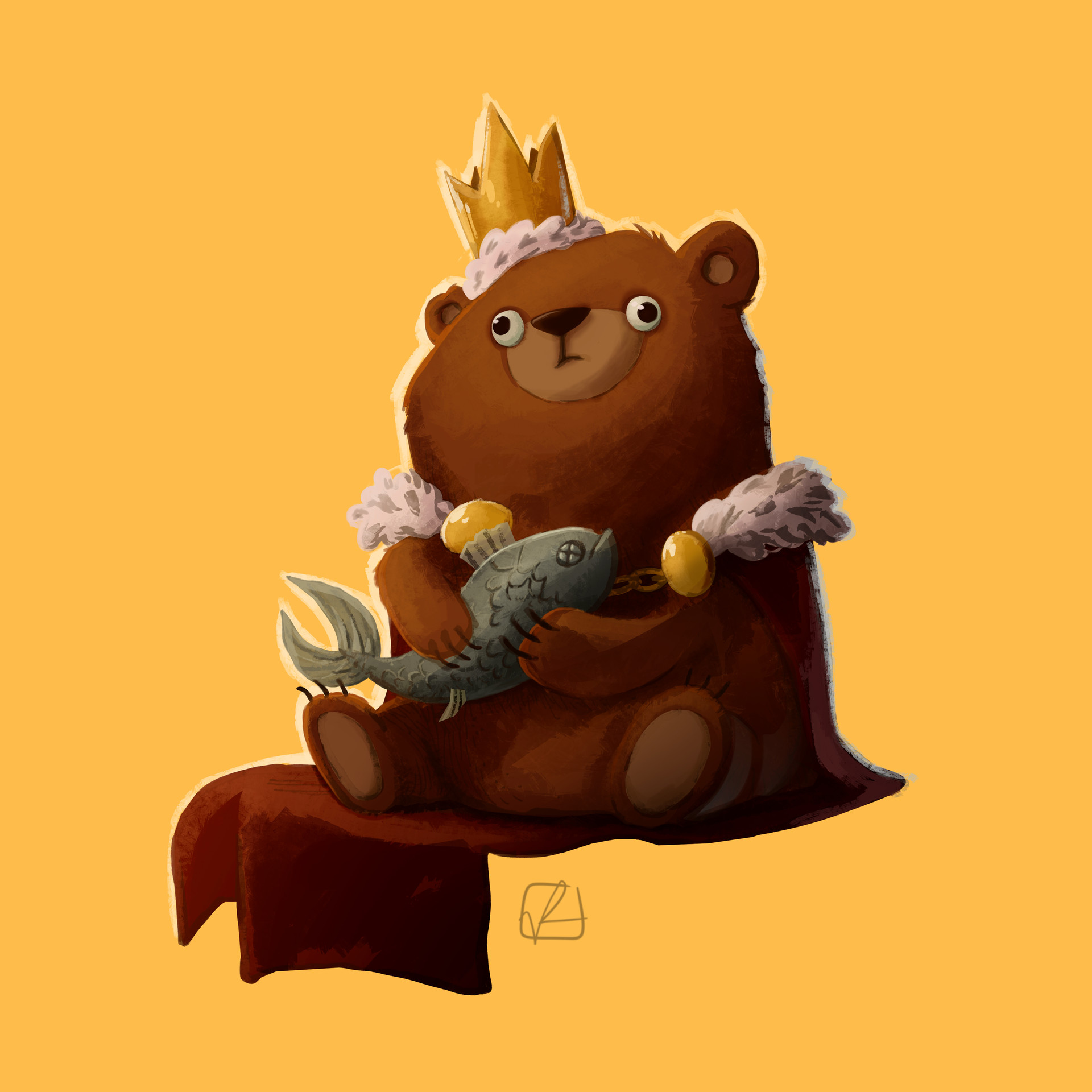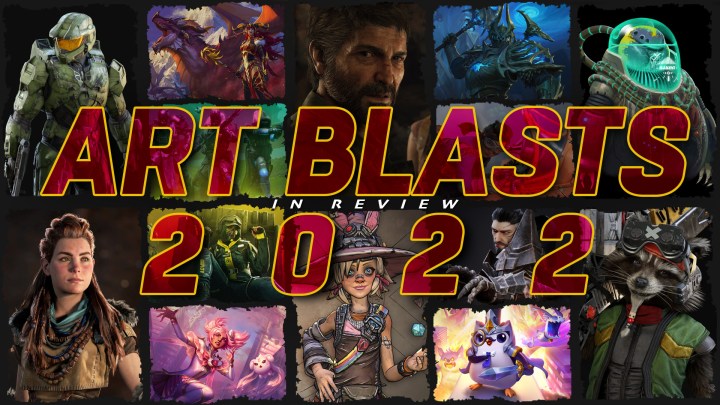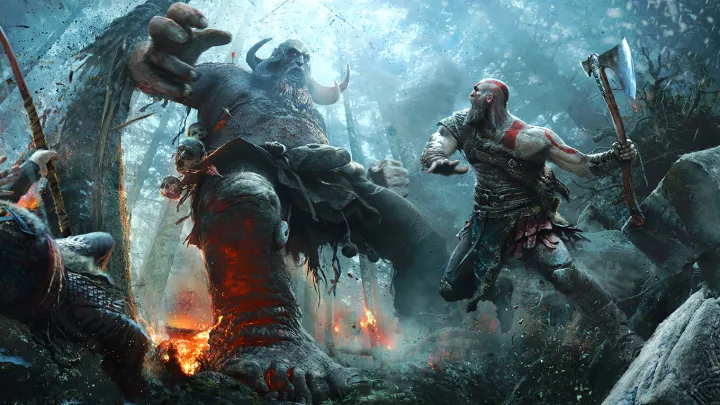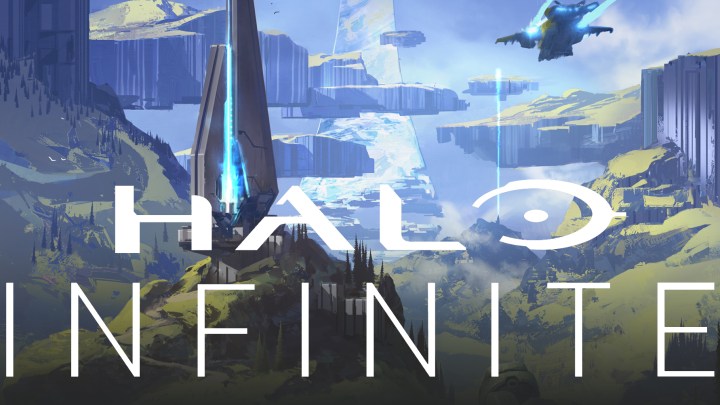Basic Principles of 2D Animation with Vera Rehaag
On ArtStation Learning, Vera Rehaag teaches the fundamentals of 2D Hand-Drawn Animation. The course covers theories behind frame by frame animation and basic principles for anyone to complete their first animated sequence. The course concludes with a couple of animation examples, where Vera demonstrates through practical sequences the principles she has covered.
Vera Rehaag has been making art ever since she could use finger-paints. She has been working as a concept artist in the game industry since 2013 and maintains an active art/life balance with private projects. She is now self-employed and works as a Freelance Illustrator and Animator. Vera loves animated movies, any kind of roleplaying game and making music.
“So far I am loving the content and am really happy to be a part of it!”
My path to animation:
After finishing school, I was not sure about my path. Since I wanted to work in the creative field, I decided to study communications design. It was a lot of advertising and during my time at university, I found that it wasn’t really my thing.
We also had classes on illustration and motion design, and in my second year there I made my first hand-drawn animation. I was sweating, cursing and hating myself for that decision at the time. I went at it without any plan or idea of what I was doing.
The result though was passable (given the fact I had absolutely zero knowledge) and I was proud that I made it.
One of my teachers for illustration saw that little piece of animation. He saw potential in my draftsmanship (or maybe was impressed by my stubbornness to push through), so he recommended me to apply at the animation school in Hamburg after my graduation, where an old friend of his was the headmaster.
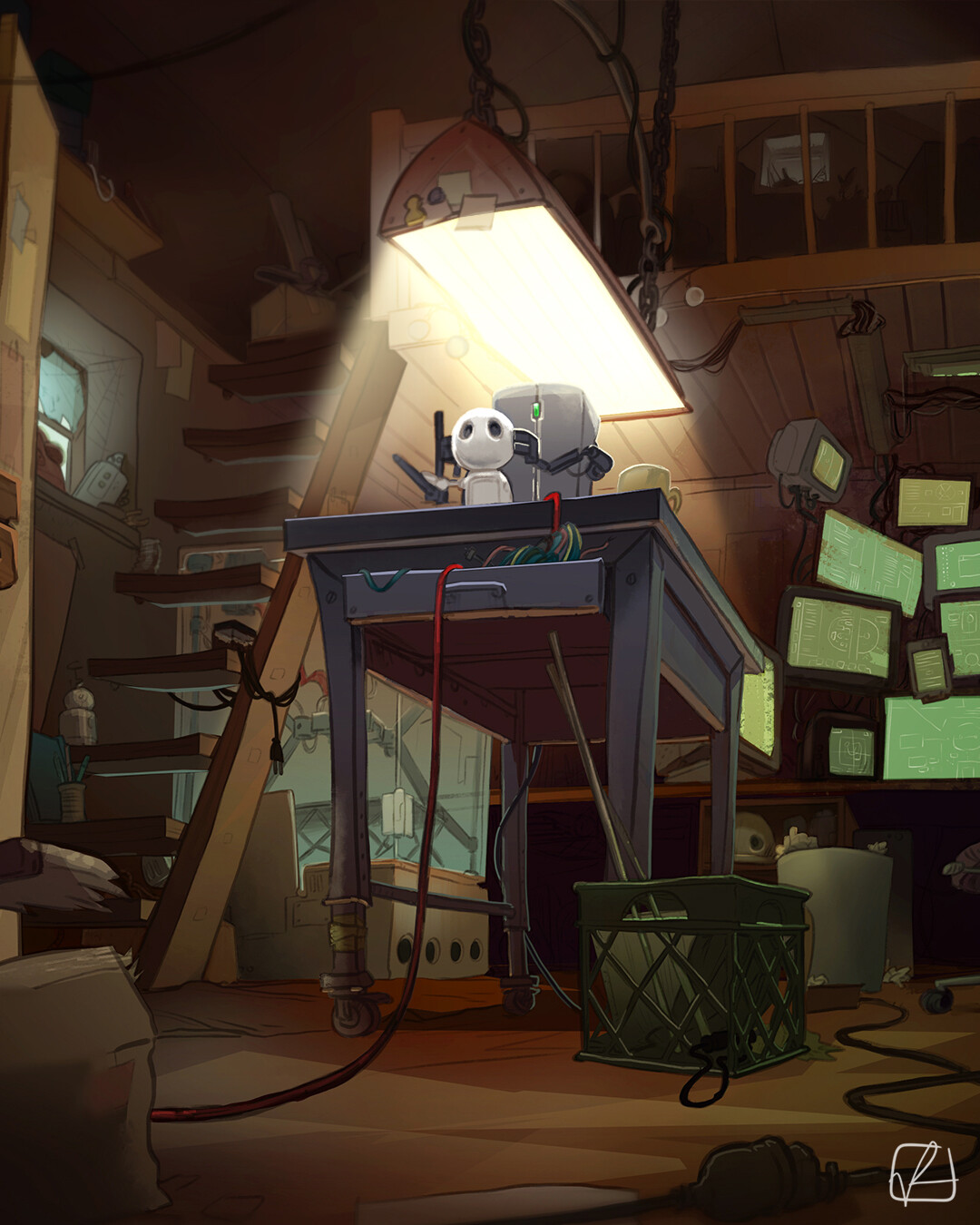
I applied and got accepted! The school was tiny but we had a wonderful sense of community amongst the students, and the teachers were absolutely great. I learned to love the process and all the little problems. What felt like an issue to me during my first fight with this medium got resolved in learning and understanding the fundamentals, growing my strength in anatomical drawing, and actually just relaxing a lot more about it.
Behind the course:
The skill of 2D animation is absolutely magical to me. You might make a couple of drawings that look weird, wonky or horrific as of themselfes, but every time you hit play, they come to life, and it all just makes sense. It helps you to understand shapes in three-dimensional space better and thus gives your overall art a more solid basis. At my animation school, we had regular live drawing sessions which to my shame I did not attend as much as I should have. I tried to make up for that later on in my career. No matter what you draw, learning from life is the most essential thing to do.
With my course, I give you the fundamental tools to shape this sort of skillset. I am hoping to inspire young artists to delve into it and carve out their potential to its fullest.
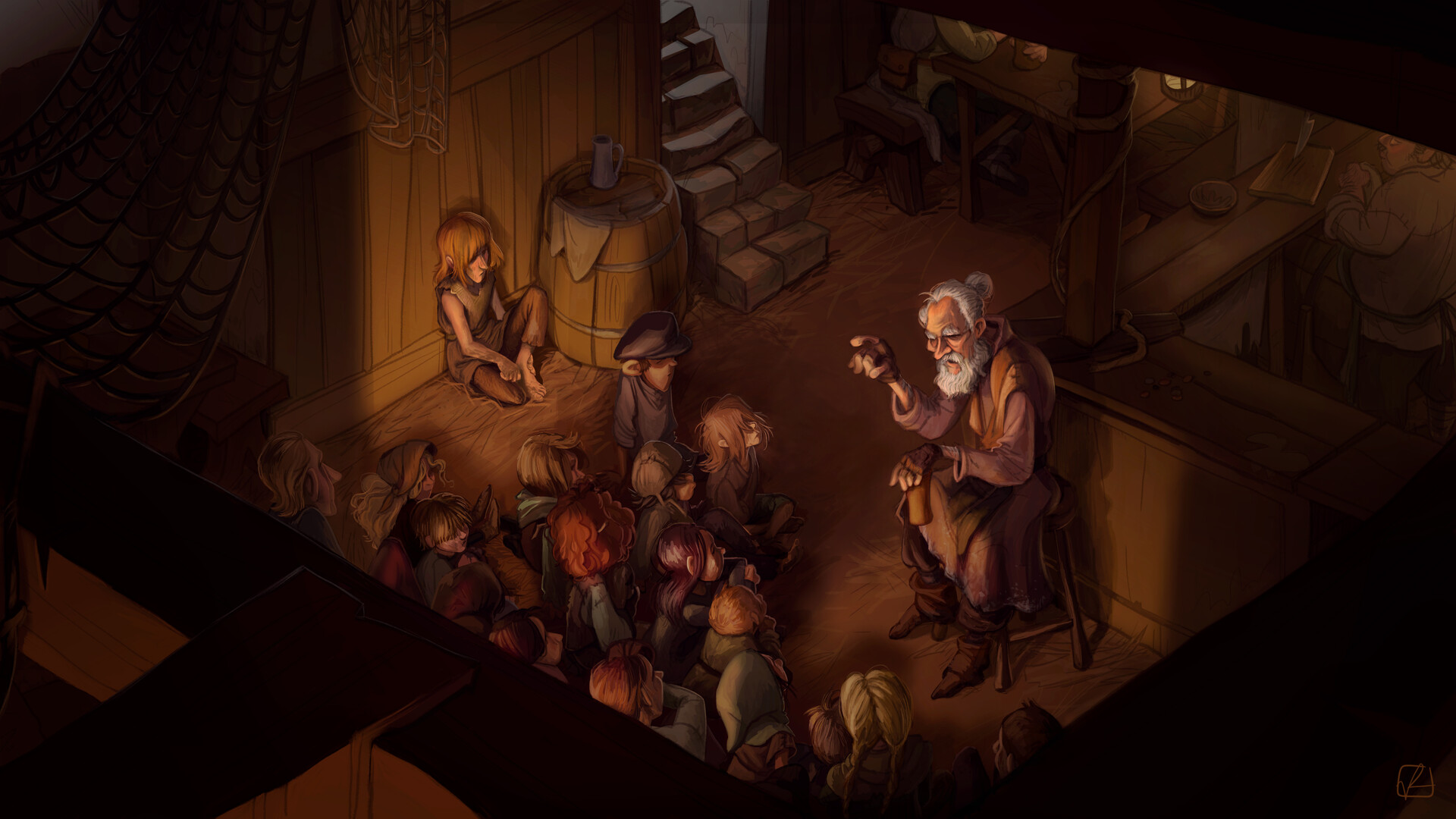 Most memorable learning experience:
Most memorable learning experience:
Actually, it was while I was creating the course. I have always been learning but it was really hard to sit down and put into words what you’re doing. First I felt very helpless but then I thought “well it can’t be so hard”. But then it was. I loved going back to point zero and untangling what I had learned through school, things I had watched and read. The process of analyzing the process I have, breaking it down and then carefully building it back up like a tower of Jenga was thrilling.
Learning to teach your art skills was a whole new thing for me and I am really excited to be given the opportunity. In the end, I will understand my own approach better and will learn how to break habits and build new ones that might improve my process.
What makes a great animator:
Any artist can be an animator. If you have made a flipbook as a kid, you are an animator. I think this is important to accept as many artists are holding back from trying 2D animation because they fear breaking some sort of rules.
For me, this is not what animation is about. There are no rules. There are learning experiences from others that have manifested because they made sense and helped the artists to work better in their environment. But we aren’t all professionals in a studio. These experiences might prove not helpful for you, so be a great animator by being fearless.
Take your hands and make something. Then make it again. Look at the world around you, and try to mimic it in your art. Be as realistic as you want and as abstract as you can. Fail, find out how, and then try again.
1 sentence of advice:
Be kind to yourself and only compare your work to your own, not to others.
ArtStation Learning courses are included in all ArtStation premium subscriptions. Find out more >
Find out more about Vera here.
